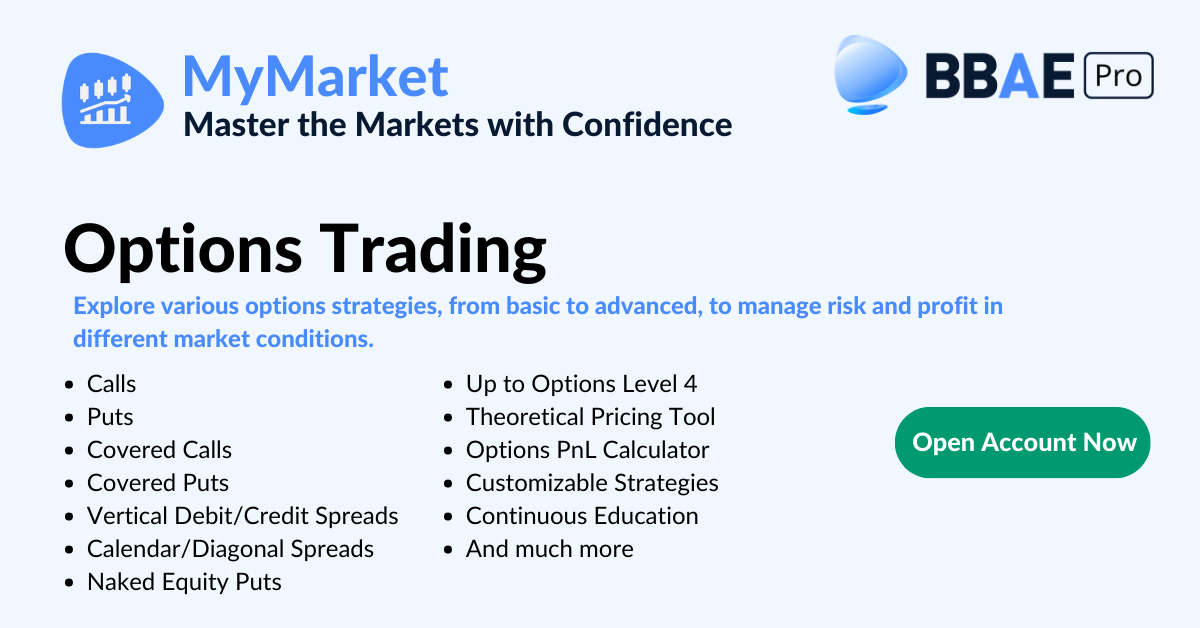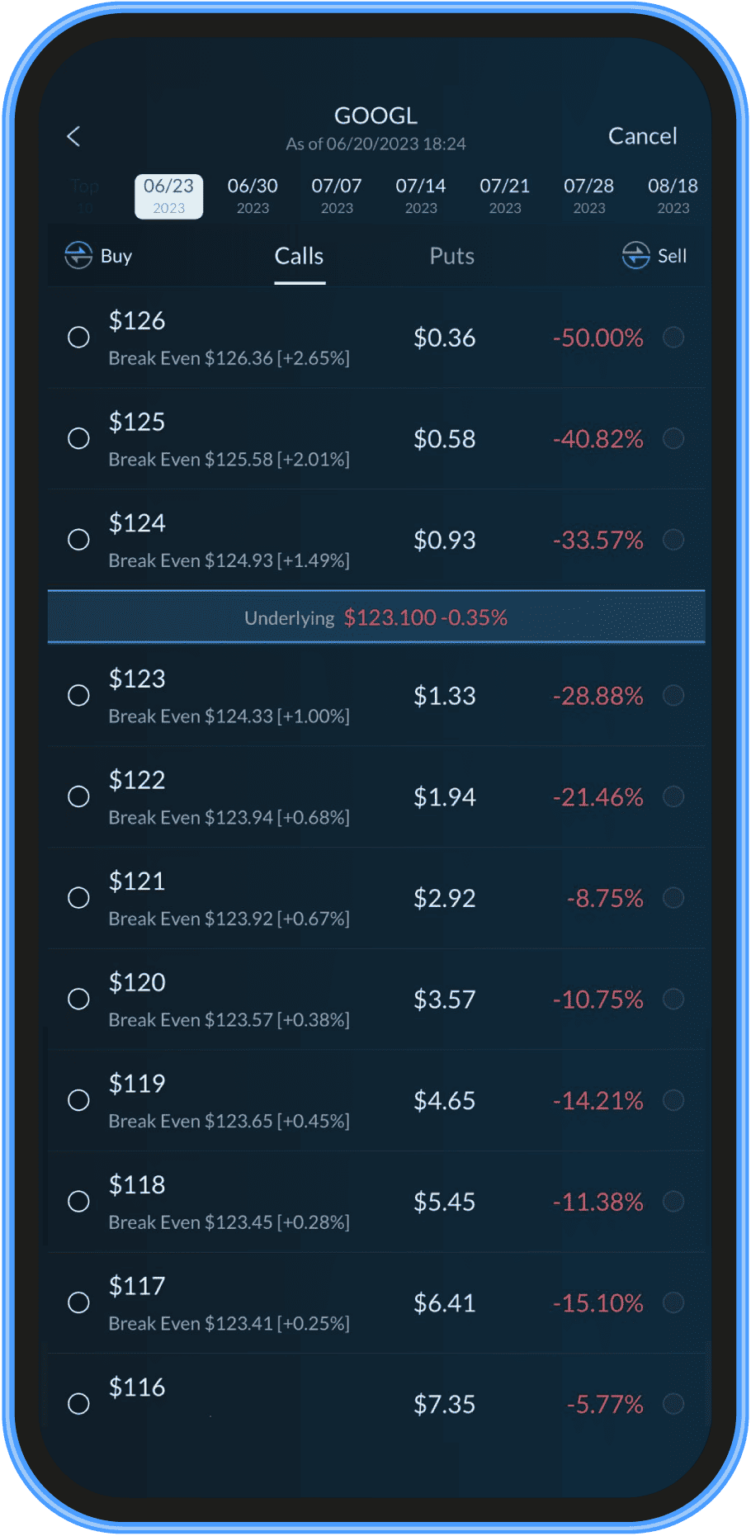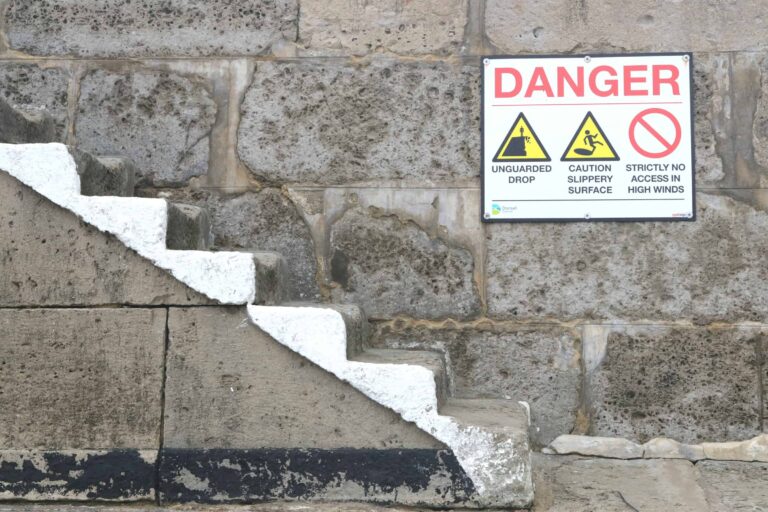Imagine a stock is currently trading at $100. An investor believes the stock will not rise significantly over the next month. To profit from this belief without purchasing the stock directly, they decide to set up a credit spread using call options.
Here’s how the investor constructs this strategy:
- Sell a Lower Strike Call: The investor sells a $105 call option, receiving a premium of $4. This means they collect $400 (since 1 option contract represents 100 shares).
- Buy a Higher Strike Call: To limit potential losses, the investor buys a call option with a $110 strike price for a premium of $2, or $200 for one contract.
The net credit received for setting up this spread is $200 ($400 received from the sold call minus the $200 paid for the bought call).
Outcome scenarios:
- Stock remains below $105 at expiration: Both call options expire worthless. The investor gets to keep the entire net credit of $200.
- Stock exceeds $110 at expiration: Both call options are in-the-money. However, the maximum loss is the difference between the strike prices minus the net credit received, which is $300 ($500 difference between strike prices minus the $200 net credit).
- Stock ends up between $105 and $110 at expiration: This is the intermediate scenario. The sold $105 call will be in-the-money, but the bought $110 call will expire worthless. The exact profit or loss will depend on where the stock lands within this range.
By employing the credit spread, the investor can benefit from a neutral to bearish short-term outlook on the stock while having a capped maximum loss.
Disclaimer: This article is for informational purposes only and is neither investment advice nor a solicitation to buy or sell securities. Investing carries inherent risks. Always conduct thorough research or consult with a financial expert before making any investment decisions.
p.s. If you don’t yet have a BBAE account, we are still offering an up to $400 sign-up bonus for your first deposit. Get it while it lasts!















